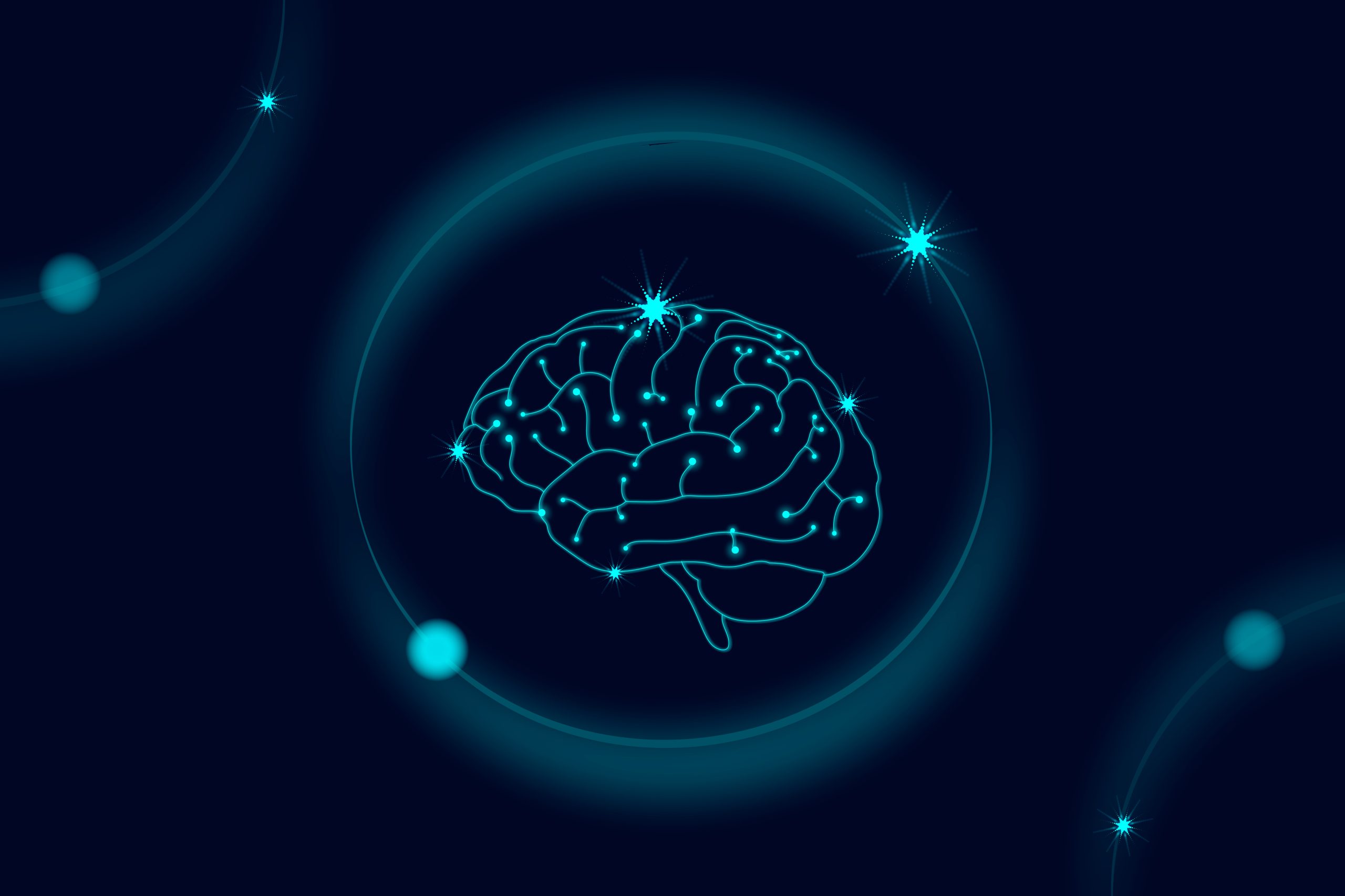Both machine learning and deep learning are sorts of computing, however, with some notable differences. Whereas machine learning may be a specific application of AI, deep learning is a distinctive type of ML.
The terms “artificial intelligence,” “machine learning,” and “deep learning” are typically thrown around interchangeably; however, if you’re considering a career in AI, it’s necessary to understand how they’re different.
What is Deep Learning?
Deep Learning may be a set of computing – a machine learning technique that teaches computers and devices logical functioning. Deep learning gets its name because it involves going deep into many network layers, which conjointly includes a hidden layer.
The deeper you dive, the additional complicated data you extract. Deep learning trusts numerous complex programs to imitate human intelligence. This straightforward technique teaches machines to recognize motifs, which will be classified into distinct categories.
Pattern recognition is a vital part of deep learning, and because of machine learning, computers don’t even get to rely upon in-depth programming. Through deep understanding, machines can use images, text, and audio files to spot and perform any task.
Any Deep neural network will carry with it three forms of layers:
- The Input Layer
- The Hidden Layer
- The Output Layer
The layers are present within the input layer that takes the input data. The hidden layer performs numerous computations on the input data and the output layer, which is binary at the top of the visualization.
It is to be noted that a neural network will have multiple hidden layers. These neural networks are used to predict the output and classify the data. The quality notion is that the neural network learns the data pattern and then performs predictions that fall in the same line because of the pre-specified design.
What is Machine Learning?
Machine learning or ml may be a set of AI. The foremost fascinating aspect of machine learning is its ability to change itself once new data is available. This means that ml is dynamic and doesn’t necessitate human intervention to create changes or modifications.
Ml has been evidenced to be an excellent tool for analyzing characteristic patterns in datasets of varied sizes. The main idea of machine learning is to train a computer or machine to modify tasks that are either exhaustive, impossible, or redundant for an individual to perform.
Consistent with Arthur Samuel, a pioneer in machine learning, ML is a “Field of study that offers computers the flexibility to be told while not being expressly programmed.” The widespread applications of ml are Email spam filtering, product recommendations, online fraud detection, and others.
Difference Between Deep Learning and Machine Learning
We use a machine algorithm to parse data and learn from that data. Deep learning is used to create layers in artificial neural networks.
Human Intervention
Whereas with machine learning systems, a person must establish and hand-code the applied options based on the information type, a deep learning system tries to be told those features while not requiring additional human intervention.
Take the case of a facial recognition program. The program first learns to observe and acknowledge the edges and lines of faces, then other vital elements of the faces, and finally, the general representations of faces.
The amount of data concerned in doing this can be enormous, and as time goes on and the program trains itself, the chance of correct answers increases. Training happens through utilizing neural networks, similar to the human brain’s approach, while not necessary for people to record the program.
Execution Time
Execution time can draw an important distinction between machine learning and deep learning.
A typical machine learning algorithm can take less than a minute to a few hours to finish execution. Deep learning algorithms require up to many weeks to end performance. A deep artificial neural network must compute multiple weights and additional parameters.
Featured Engineering
An essential part of all machine learning algorithms features engineering, whose complexity marks the distinction between ml and DL.
In ancient machine learning, an expert defines the options to be applied within the model and then hand-codes the information type and functions. In Deep Learning, on the opposite hand, featured engineering is completed at sub-levels, as well as low to high-level features segregation to be fed to the neural networks.
It eliminates the requirement for an expert to define the components needed for the process by creating the machine to learn low-level features as simple as shape, size, textures, and element values, and high-level options such as facial knowledge points and a depth map.
Interpretability
Machine learning contains an array of algorithms. Whereas a number of them are straightforward to interpret, such as decision tree and logistic, others are almost impossible to solve, as well as SVM and XGBoost.
Therefore one can say the interpretability of ml varies from easy to impossible. Within the context of deep learning, interpretability is difficult to impossible. Implementing a deep understanding of industrial applications is still a rarity.
Data Set Size
Deep Learning does not perform efficiently with a small set of data. Machine Learning algorithms will method a more minor data set without compromising performance.
The model’s accuracy will increase with more data, but a smaller data set could also be the correct factor for a specific operation in traditional machine learning.
Deep Learning is enabled by neural networks constructed logically by asking a series of binary questions or assigning weights or a numerical value to every little bit of data that passes through the web.
Given the complexity of those networks at their multiple layers, deep learning needs knowledge as extensive as a Google image library, an Amazon inventory, or Twitter’s cannon of tweets.

